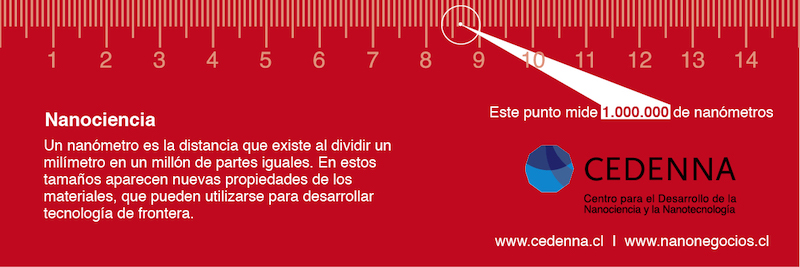Nanoscience is called the study of what happens to very, very, very small materials, invisible to the naked eye and that can only be observed with specialized microscopes. In formal terms, nanoscience studies systems or materials that measure less than 100 nanometers. In other words, so tiny that they barely reach a few millionths of a millimeter.

To understand these dimensions it is necessary to understand that if a millimeter is divided into a million equal parts, each of those parts is a nanometer. So, in those dimensions, it is possible to see the materials through electron microscopes, that is, microscopes that use a beam of electrons.
But what makes materials so special in such small sizes? It is the number of atoms on the surface, that is, the atoms that instead of being hidden inside the materials, are exposed on the surface when the material is divided into small sizes.
The atoms on the surface are more reactive than those that are hidden inside, therefore, in nanometric sizes, different properties emerge than those presented by materials in larger sizes, and the study of these novel properties originates nanoscience.
Nanotechnology?
Nanotechnology is the name of the applications developed from the discovery or handling of the properties of the materials in nanometric scale. This applications that are possible thanks to the knowledge of these new properties give rise to nanotechnology and some have been implemented for a long time in the devices we use, such as the memory storage of our computers or mobile phones.
One of the main characteristics of nanotechnology is that it is a multidisciplinary activity, that is, where various disciplines are involved (physics, chemistry, biology, for example) and that due to the impact of its development, it is considered one of the main promoters of the Fourth Industrial Revolution.







